So you’ve decided it’s time to change your dog’s diet—whether to meet new nutritional needs, address a health concern, or simply upgrade to something better. But now comes the tricky part: will Fido like it? Will the new kibbles do well with the digestive system? While all this might seem daunting, it doesn’t have to be. Changing dog food is all about going one step at a time. To guarantee the best possible results, this guide will help you make the switch as easy as possible for your furry best friend.
Reasons For Changing Dog Foods
Life Stage Transitions
Puppies need a more nutritionally dense diet than adult dogs. You’ll often find that puppy food is generally higher in calories and protein. As your puppy hits adulthood, you can switch to a diet more suitable for its age. Switching dog food becomes necessary again when Fido becomes a senior. At this stage, your dog will need fewer calories and higher levels of antioxidants and fatty acids.
Food Sensitivities or Allergies
Food sensitivities or allergies in dogs sometimes come out of the blue. Foods your dog previously loved and tolerated may suddenly start harming it. In this case, you’ll need a vet to figure out a solution for the itching, skin irritation, or upset stomach. Your vet may recommend a limited-ingredient or specialized diet to relieve your pup's symptoms. To understand how to choose the right dog food for your dog’s specific case, it’s always a good idea to consult with the vet.
Health Issues
Another season for dog food transition is if your dog has been diagnosed with diabetes, digestive problems, or kidney disease. The vet may recommend a specific dog food to switch to. Based on its health condition, your dog may require a special diet, be it hypoallergenic, grain-free, or low-protein. Following this diet will keep your furry friend healthy and happy.
Weight Management
As dog parents, keeping an eye out for our Fido’s weight is something we should always take seriously. While some may realize that their four-legged friend is heavier than it should be, others find that theirs is lighter than average. Whichever side of the scale your dog is on, a vet can recommend a low or high-calorie diet to regulate its weight.
Food Unavailability or Recalls
Sometimes, the brand your dog loves suddenly disappears from the shelves. It may just be that the company chose to limit distribution in your area or that the product was recalled for some reason. Either way, changing dog food becomes inevitable, so you’ll need to find a substitute with ingredients as close to the one you used to feed your canine companion. If you’re not the expert, you can always consult one for a smooth transition.
Variety or Palatability
Just like us, dogs can eventually get bored of the food they once loved so much. This can mean that they no longer enjoy the flavor of the said food. In this case, you’ll have no choice but to consider switching dog food. If your dog is tired of eating chicken-flavored kibble, for example, go for beef. Luckily, many brands come with different flavors you can alternate between every now and then.
How to Transition Dog Food Safely
No matter why you want to switch to a different dog food, the transition process plays a major role in how easily your dog will adapt to the new food. Abruptly switching dog food can cause vomiting, diarrhea, an upset stomach, and other gastrointestinal issues. That’s why a gradual change is always the way to go. This includes mixing a little bit of the new with the old and gradually moving to more new than old until the transition is complete.
Unless the vet advises otherwise, a dog food transition should last between 7 to 10 days. This is mainly to avoid the symptoms of changing dog food too quickly. Here’s a dog food transition chart you can refer to:
- Days 1 and 2: 25% new food, 75% old food
- Days 3 and 4: 50% new food, 50% old food
- Days 5 and 6: 75% new food, 25% old food
- Day 7 onward: 100% new food (but keep the old food around for a couple of days, just in case of an unexpected reaction).
Signs of a Successful Dog Food Transition
Now that you know how to transition dog food, you’ll want to make sure that the shift from the old to the new is a success. You can generally tell by how Fido is looking and behaving.
Enthusiasm During Mealtime
If your dog is showing the usual enthusiasm around mealtime, chances are the change is successful and there’s nothing to worry about. If not, you’ll see signs of hesitation and disinterest.
Good Energy Levels
Another thing to keep in mind when learning how to switch dog food is the behavioral or personality changes. If Fido’s energy level and playfulness drop after changing dog food, you may need to consult the vet. This can be a sign that your dog isn’t getting the nutrients it needs.
Normal Bowel Movement
A healthy bowel movement can point toward a successful switch. If your dog’s digestive system is handling the new food well, then you’re going to see healthy dog poop—all firm and regular. Anything besides that, like diarrhea or constipation, calls for a visit to the vet.
Steady Weight
Unless you’re changing dog food to manage your dog’s weight, you wouldn’t want to see a notable change. A consistent weight means your dog is receiving the nutrients and calories it needs from the new food.
No Signs of Discomfort
A successful transition won’t entail any allergic reactions or food sensitivities from the new food. This is where you want to keep an eye on your furry friend's behavior. Excessive licking, scratching, and chewing on themselves are signs you shouldn’t ignore.
Healthy Looking Body
A shiny coat, itch-free skin, clear eyes, and fresh breath show that the new food agrees with your dog’s body. If you notice the opposite of any of these, pick up your phone and dial your vet.
Recognizing and Managing Issues When Switching Dog Food
Symptoms of Changing Dog Food Too Quickly
Switching dog food without mixing or going through the process too quickly can your dog sick. Diarrhea, vomiting, loss of appetite, gas and bloating, lethargy, and constant bowel movements are all signs that your furry friend’s body is not taking the sudden change too well.
These unpleasant symptoms might be a one-time thing, an actual intolerance to the new food, or just a reaction to the quick switch. With that in mind, keep an eye on your dog for the hours after the first symptoms. If they persist, start looking for solutions and adjustments, or call the vet.
Solutions and Adjustments
If your dog has any allergies or intolerances you know of before changing the dog food, you can rule out allergies as a reason for an upset stomach. Instead, you need to focus on the switch itself. This means taking it easy on your dog’s stomach and introducing the new food in phases. You can also add supplements, such as probiotics, and digestive enzymes to aid in the process.
Another simple trick is to offer your dog smaller and more frequent meals, instead of two big meals. This helps to reduce digestive stress. If all else fails, a visit to the vet is the best option. Make sure to keep the little troublemaker hydrated should there be any diarrhea or vomiting.
Special Considerations for Changing Dog Food
Puppies vs. Adult Dogs
Knowing how to change dog food for puppies, adults, and senior dogs is pretty similar in the sense that the change needs to happen gradually. That being said, remember that puppies and seniors have more delicate digestive systems and more health considerations than adult dogs. That’s why it helps if you know how to decode dog food labels. And remember to reach out to a vet before making the switch from one food to the other.
Switching Dog Food Without Mixing
While gradual is the answer when it comes to switching dog food, we have to be realistic and admit that there are times when that is not an option. For example, what can you do if Fido’s favorite kibbles are no longer being sold? In such cases, you probably won’t have the option of mixing the old with the new.
This is when you need to take other measures, like adding plain and easily digestible food like cooked chicken and rice to Fido’s meals. Adding probiotics can help maintain your furry friend’s gut health, too. You’ll also want to rely on small but frequent meals.
Handling Food Sensitivities and Allergies
Food sensitivities and allergies are major reasons why you’ll have to shift from one dog food to another. The diagnosis and solution should, of course, come from the vet. Depending on your doggo’s situation, the vet may recommend a limited-ingredient diet or a specialized one and will tell you how to make the switch.
To Wrap Up
Changing dog food doesn’t have to be a stressful endeavor. By taking it slow, paying attention to their body language, and making small adjustments along the way, you can help your furry friend transition smoothly to their new diet. Whether it's for better nutrition, health reasons, or just a change of taste, following these steps will guarantee your dog stays happy, healthy, and excited for every meal.
Frequently Asked Questions
How long does a dog usually have diarrhea after changing food?
After gradually switching from one dog food to another, your dog may have mild diarrhea for one to three days. This symptom may last longer and be more severe if the change is sudden. If the diarrhea doesn’t stop after three days or if your four-legged friend is refusing to eat and showing signs of exhaustion, you’ll need to contact the vet. Luckily, a slow transition helps minimize the risk of prolonged diarrhea.
How often should I change dog food?
You generally don’t have to change dog food at all. If your dog is on a high-quality diet, a switch isn’t advised. It only becomes necessary if your dog is entering a new life stage or having health problems—or if the brand you use is no longer available. Should you need to make the change, remember to consult with a vet for expert advice. This is because you’ll need to make sure your dog is getting all its nutrition from the new food.
Can changing dog food kill a dog?
Changing dog food alone is highly unlikely to be fatal, but a rapid switch or a poor choice of food can lead to serious health issues, especially if not done properly. Abrupt changes in your dog’s diet can cause severe digestive problems. In rare cases, potentially harmful ingredients in a new food can lead to life-threatening reactions, especially if your dog has an intolerance or medical condition. Make sure to transition food gradually, look out for signs of distress, and consult your vet in case of a severe reaction.
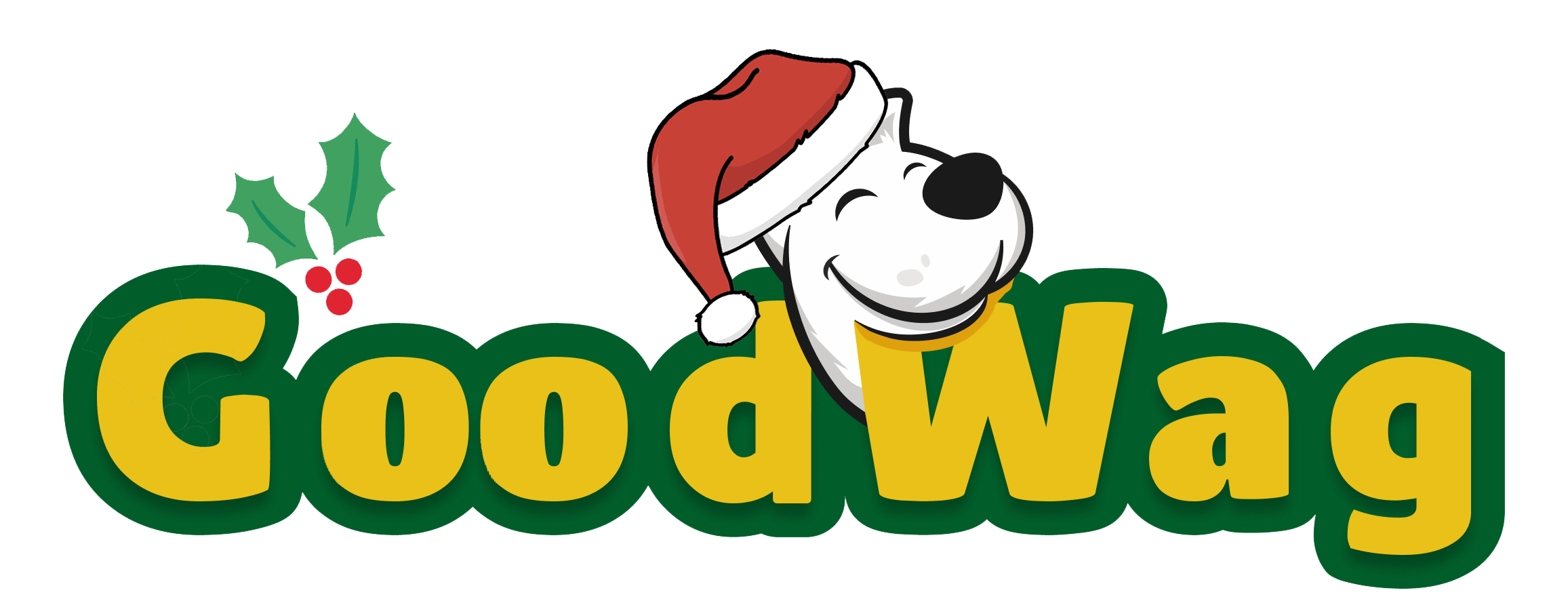
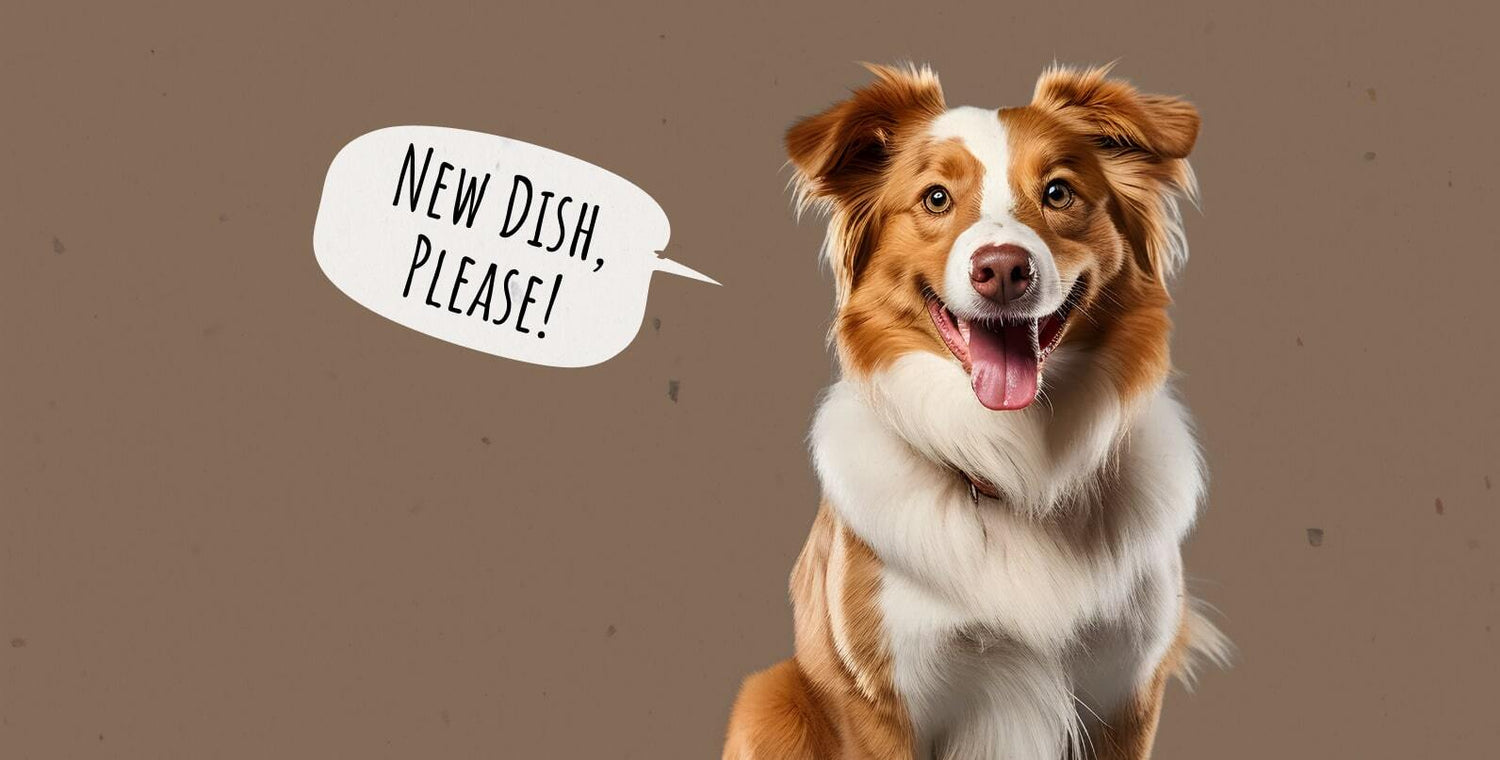
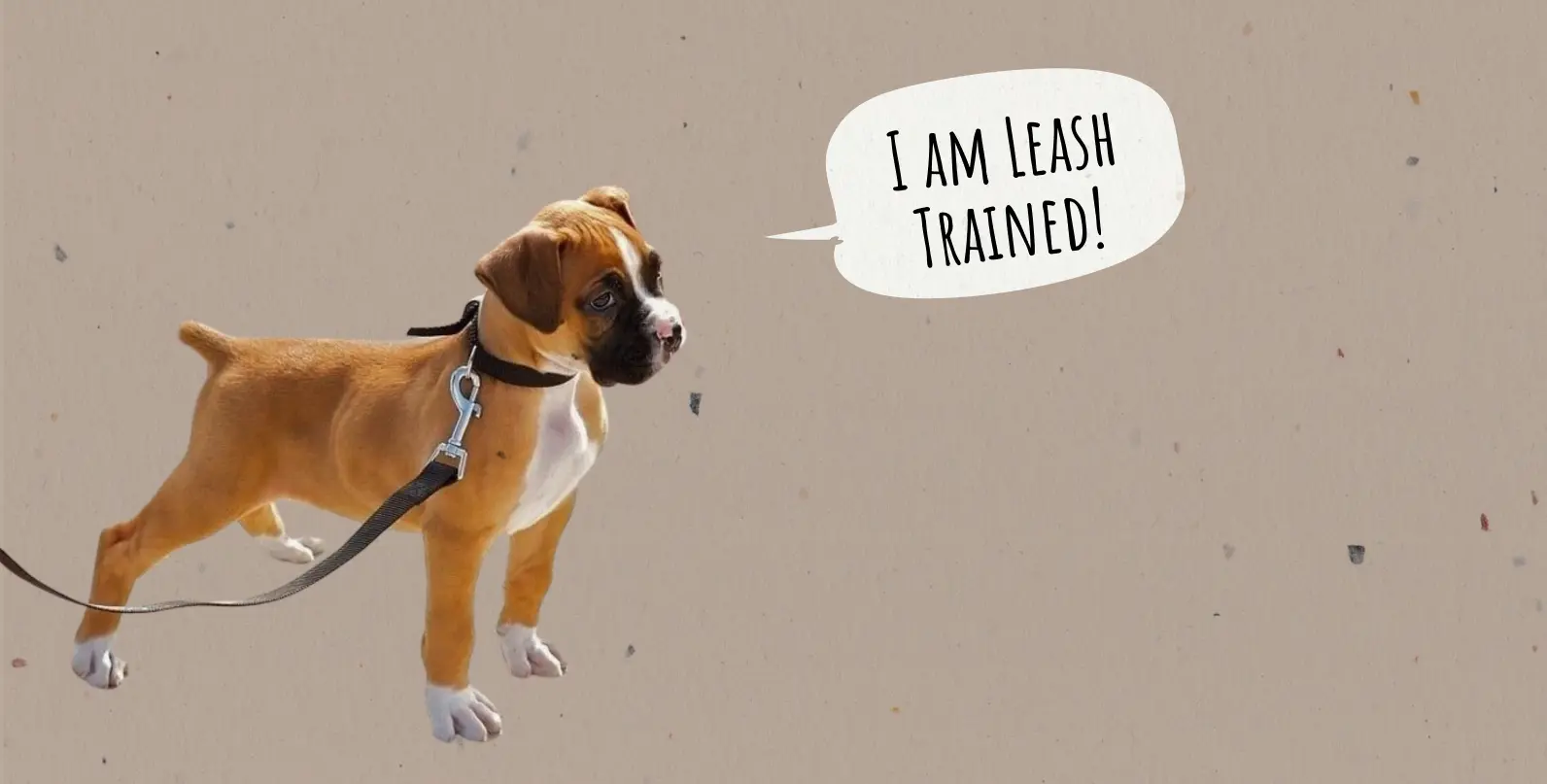
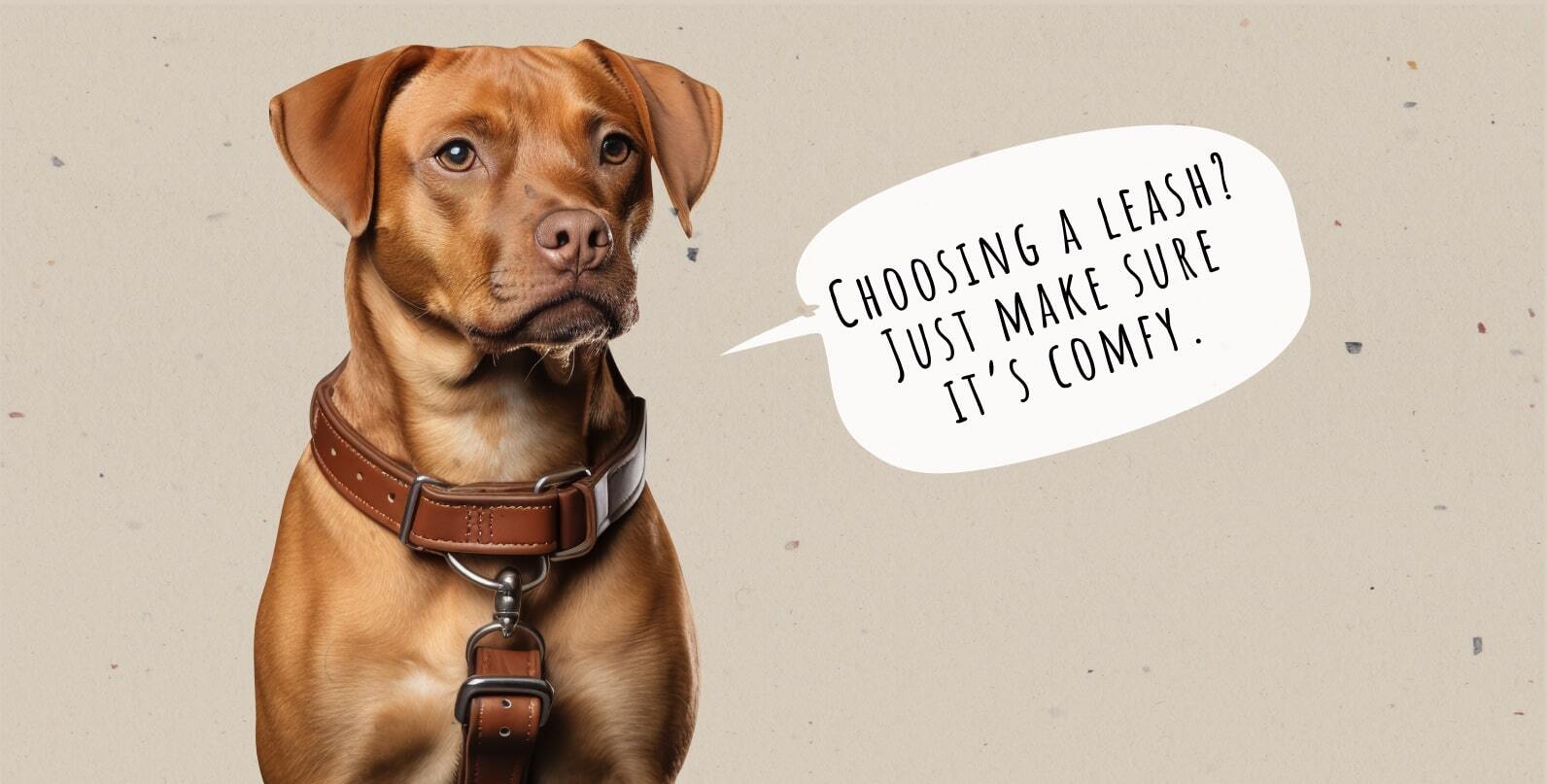
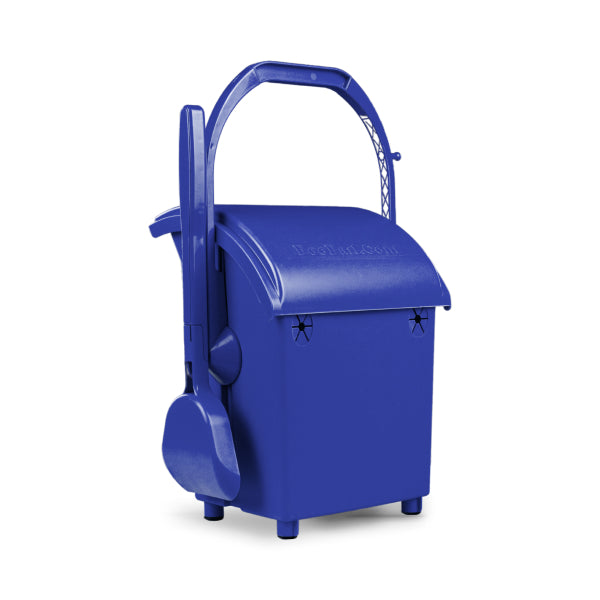
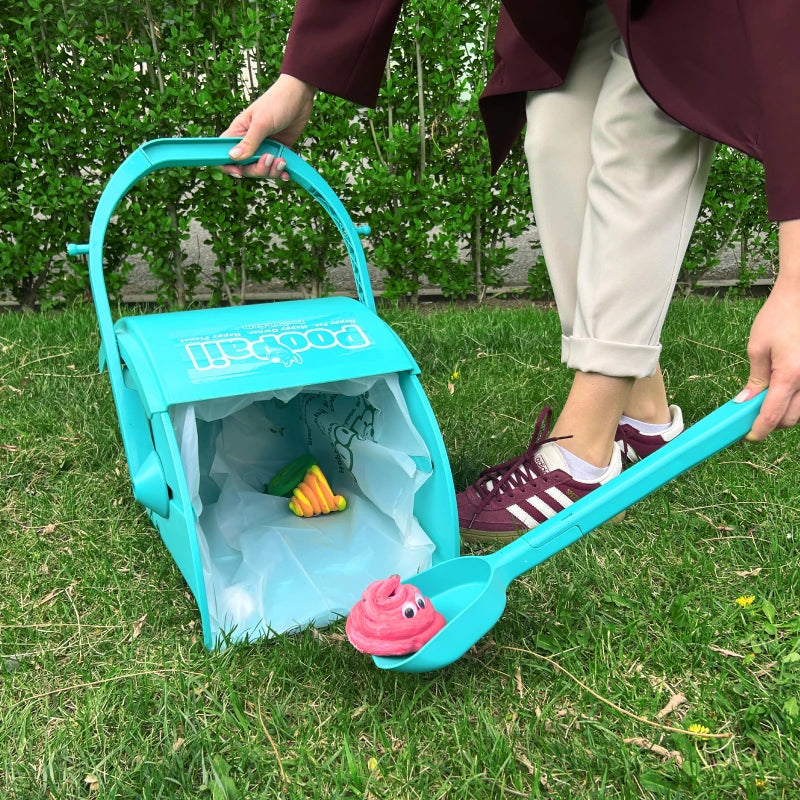
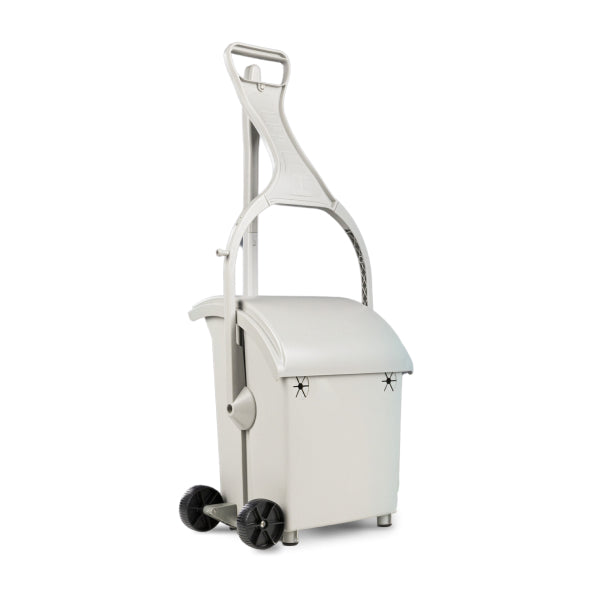
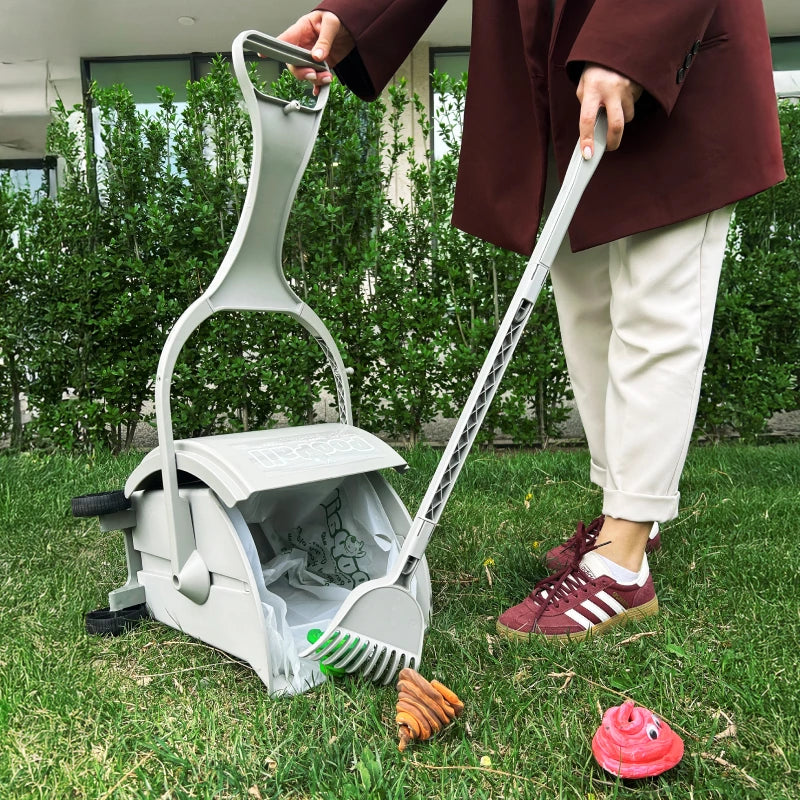
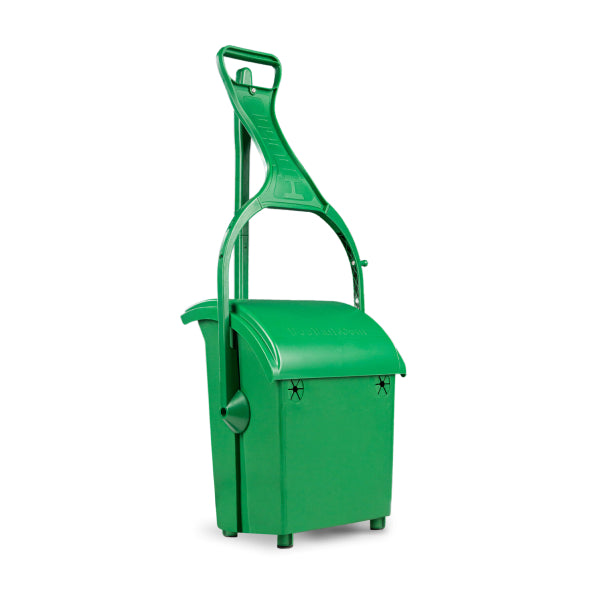

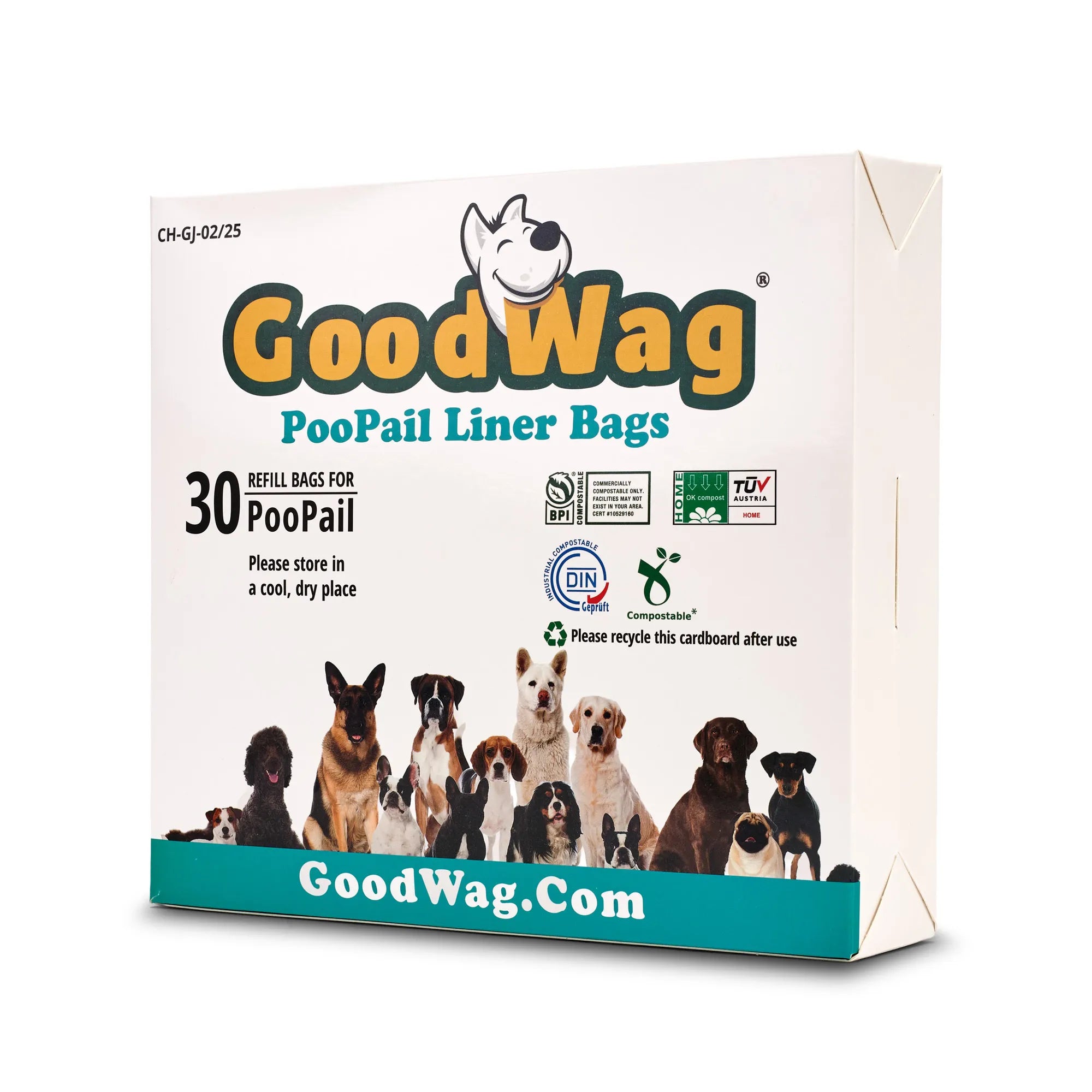
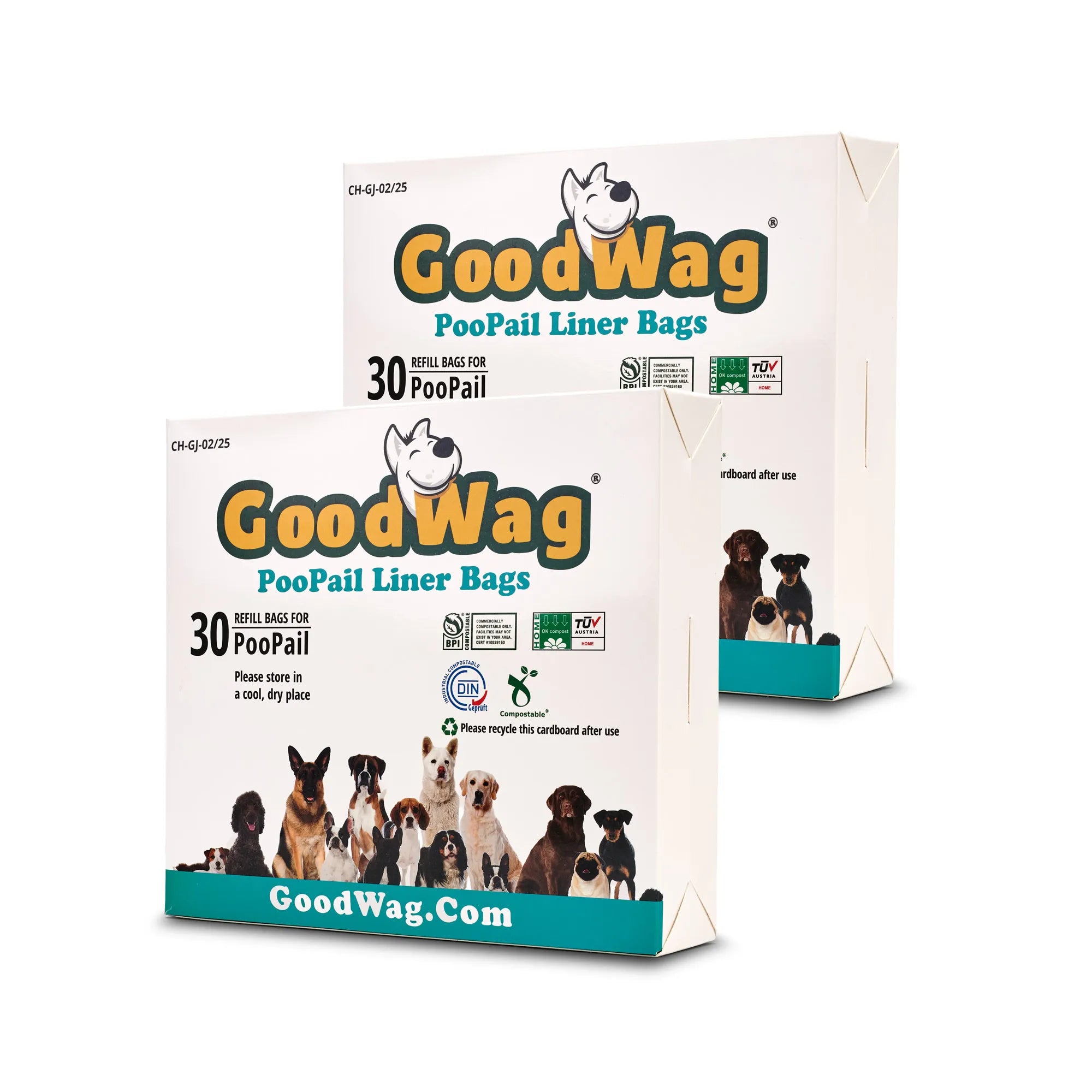
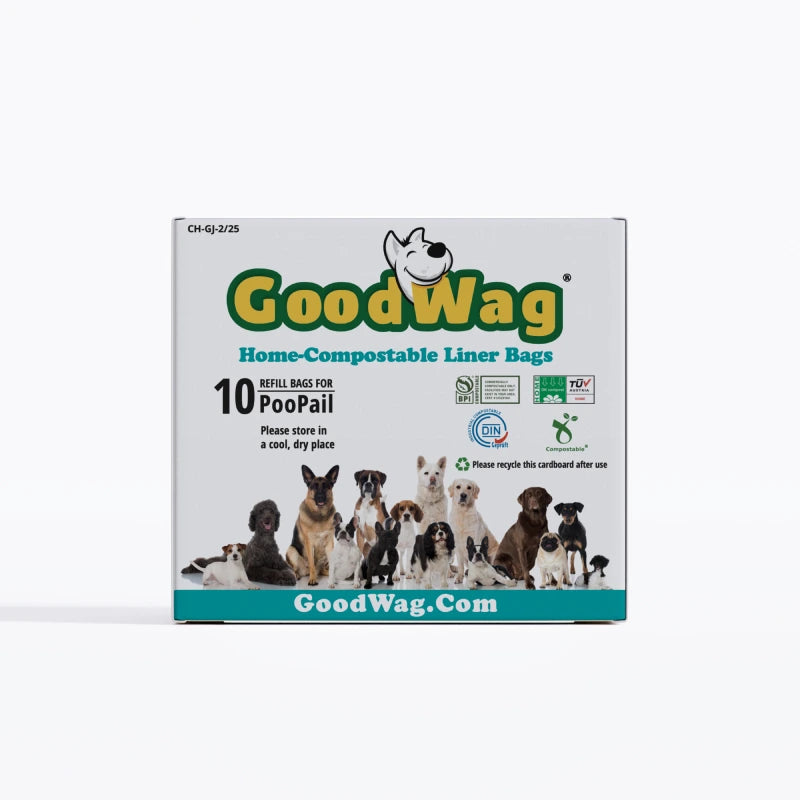
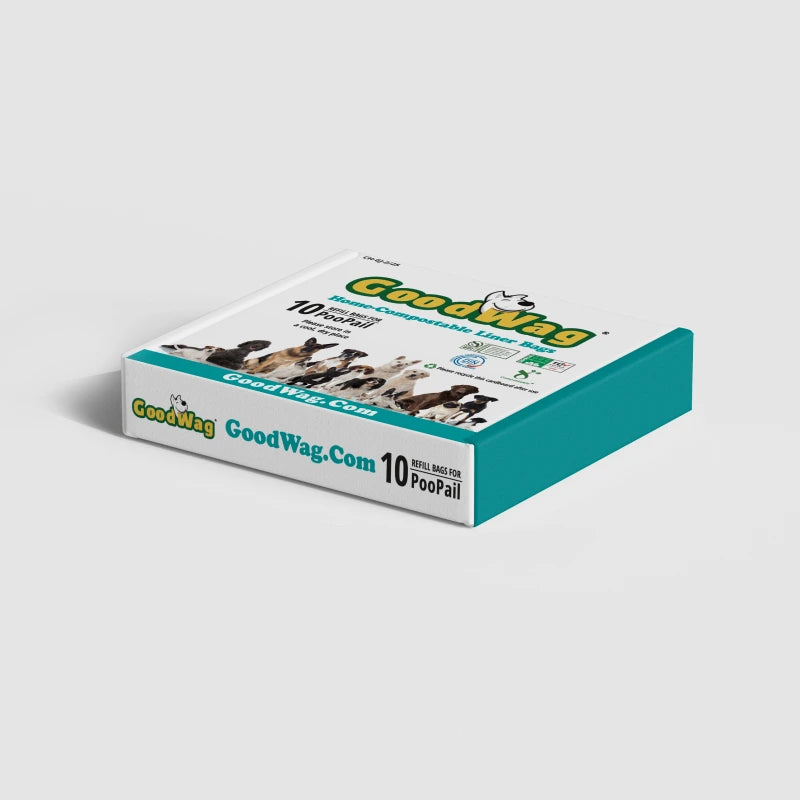
Leave a comment
This site is protected by hCaptcha and the hCaptcha Privacy Policy and Terms of Service apply.